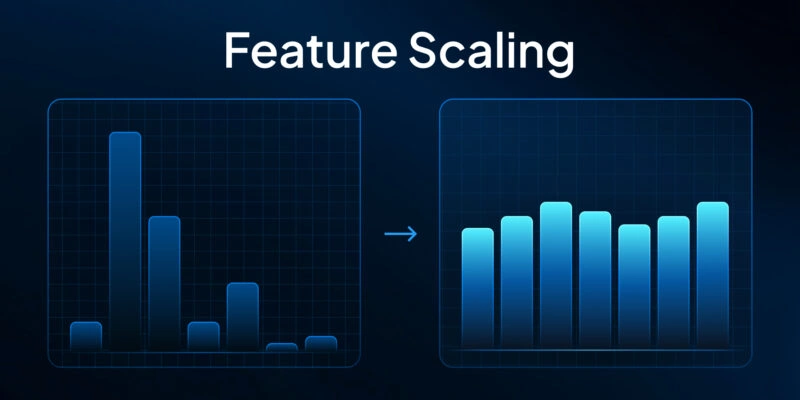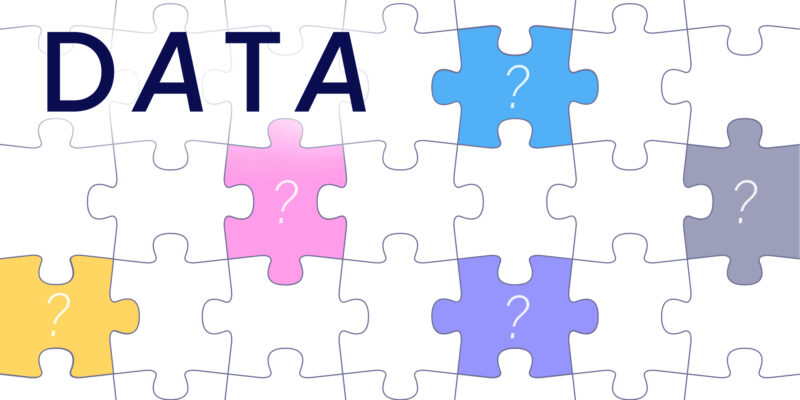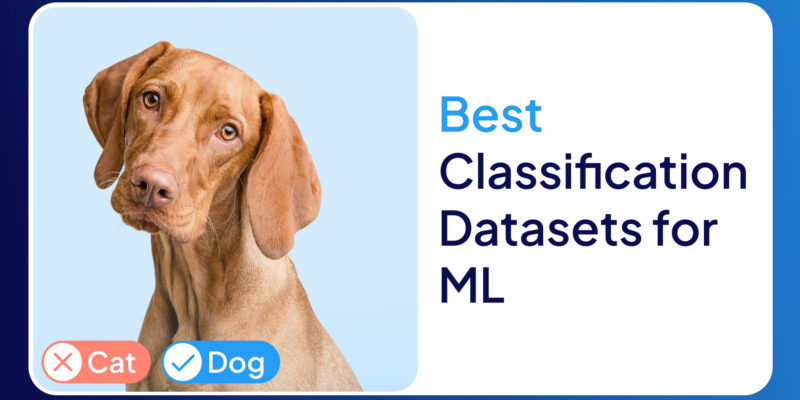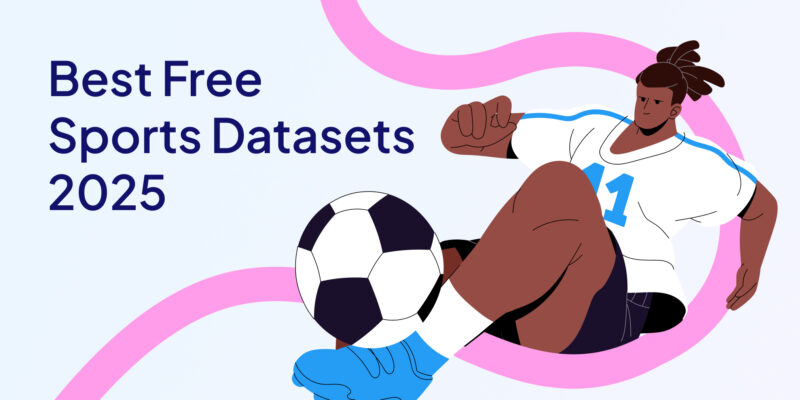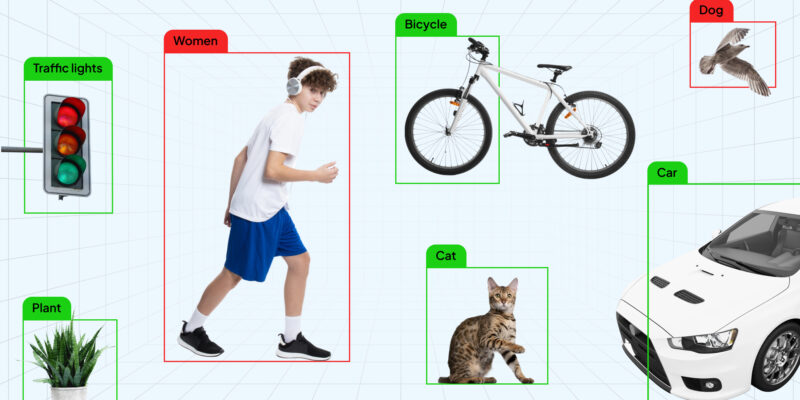When starting your data science journey, finding quality datasets for your projects is one of the first challenges you’ll face. Whether you’re working on a machine learning (ML) model, exploring a new research idea, or just experimenting for fun, having access to good data is essential. Fortunately, the internet is filled with free datasets that cater to all types of data science needs. But how do you choose the right one? And how do you navigate the various platforms that offer these datasets?
This guide will walk you through some of the best resources for free datasets and provide tips for filtering datasets, evaluating quality, and ensuring you choose the right one for your project.
Know What You’re Looking For Before You Start
Before you start scouring the internet for datasets, take a step back and ask yourself: What do I actually need this data for? Being clear about your goal will help you avoid wasting time on irrelevant datasets. Keep your objective front and center, so your data aligns with your project and doesn’t end up adding unnecessary noise.
Types of Datasets Available for Machine Learning
When it comes to free datasets, the variety is huge. Depending on what you're working on, you might need tabular data, images, text, or even time-series data. Here’s a breakdown of the types of data you can find, and what you can do with them:
- Tabular Data: Structured data in tables, like spreadsheets or CSV files. Great for tasks like classification and regression.
- Image Data: Datasets full of images for computer vision tasks, such as object detection or image classification.
- Text Data: Collections of text data, useful for natural language processing (NLP) tasks like sentiment analysis or text generation.
- Time-Series Data: Data organized in time intervals. Perfect for forecasting or trend analysis.
- Geospatial Data: Maps, GPS coordinates, and other location-based data, which are essential for applications like route optimization or spatial analysis.
How to Prepare a Dataset for Machine Learning
Learn more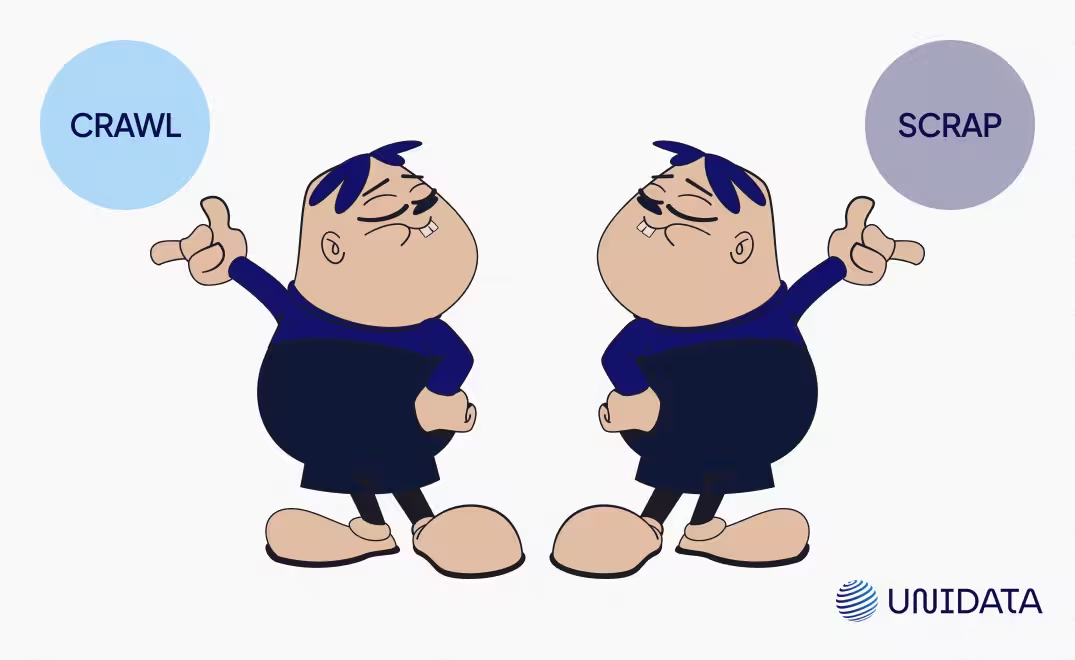
Where to Find Free Datasets
Now, let’s get into where to find these datasets. Here are some of the best places to search:
Kaggle: Your Go-To for Community-Driven Datasets
Kaggle is one of the most well-known names in the machine learning community. Think of it as your one-stop shop for datasets, competitions, and community-driven learning. Whether you're a beginner or an expert, there’s a dataset for everyone here.
First things first—you’ll need to sign up for a free Kaggle account.
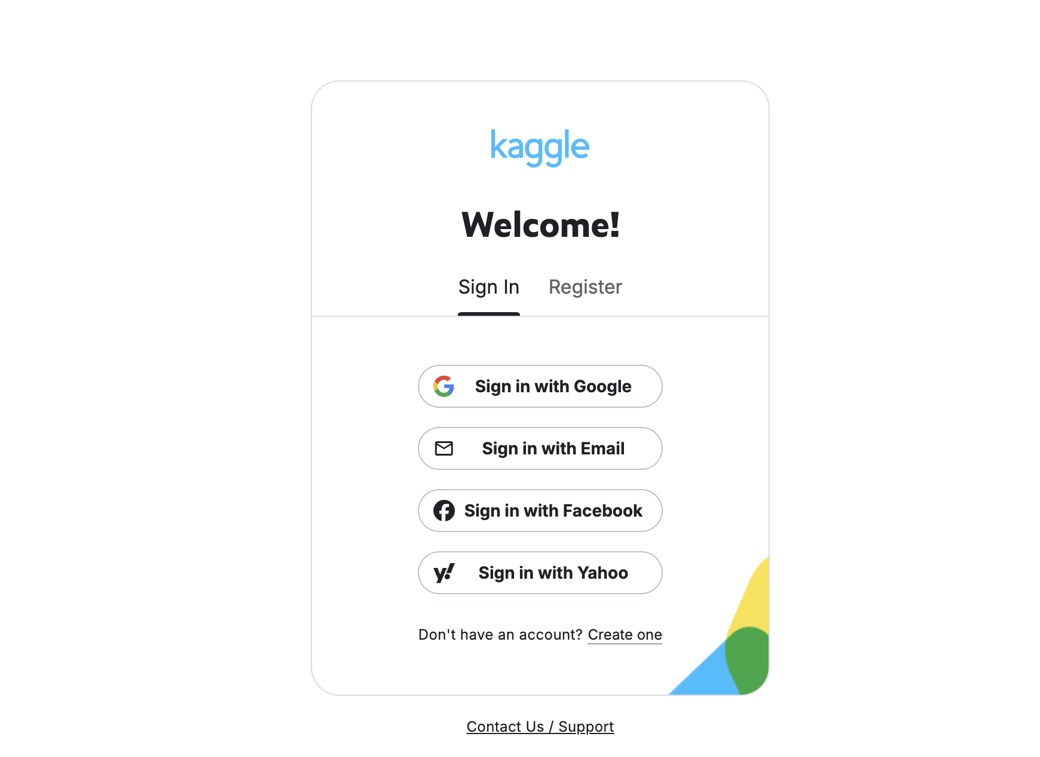
Once you’re in, head over to the "Datasets" tab, where you can browse through different categories like Healthcare, Finance, and Sports.
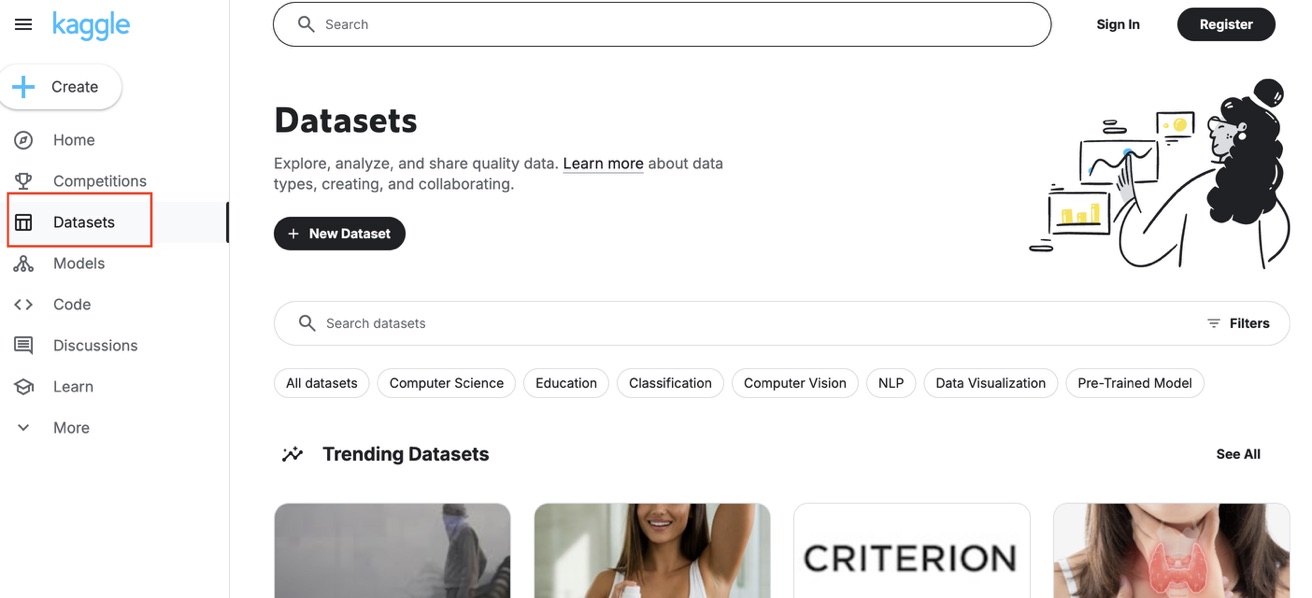
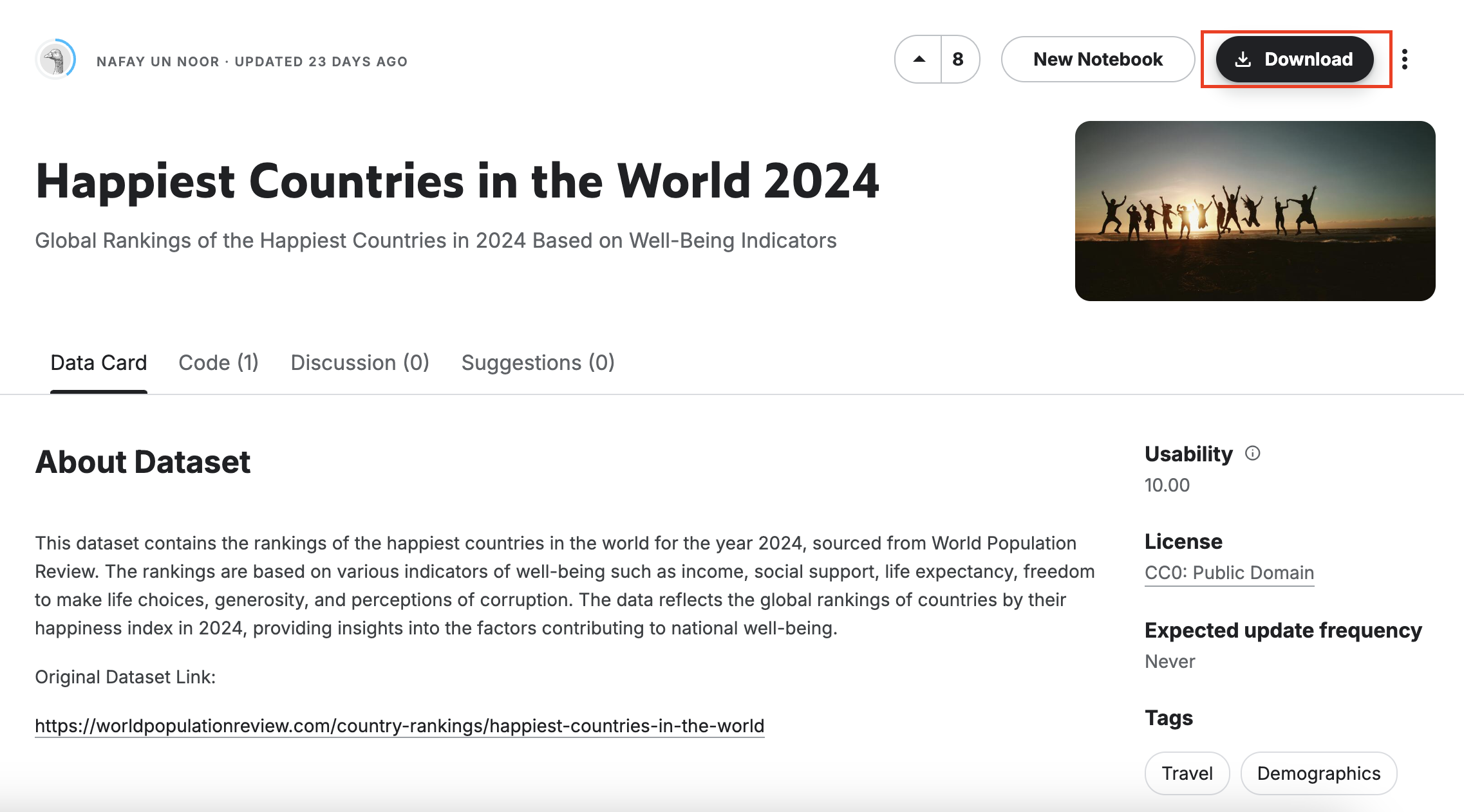
Filtering Datasets
Kaggle makes it super easy to find the right dataset with its filtering options. You can narrow down your search by selecting tags that match your interests, like Time Series, Tabular, or Text.
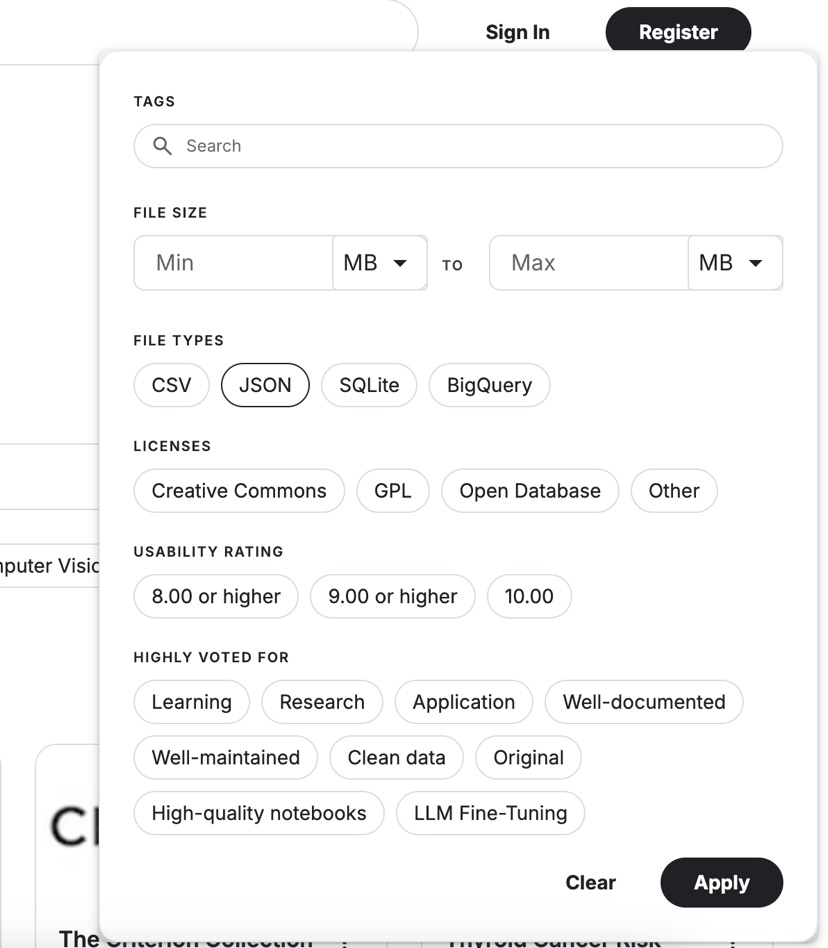
If you’re looking for high-quality datasets, the "Most Upvoted" filter helps surface the most popular ones. Plus, you can filter by file format (CSV, JSON, Excel, etc.), so you get exactly what you need.
Dataset Size and Scope

Kaggle offers everything from small, beginner-friendly datasets with a few hundred rows to massive datasets with millions of entries. If you’re just starting out, it’s best to begin with smaller datasets to get comfortable with data exploration and preprocessing before diving into more complex projects.
Platform Features
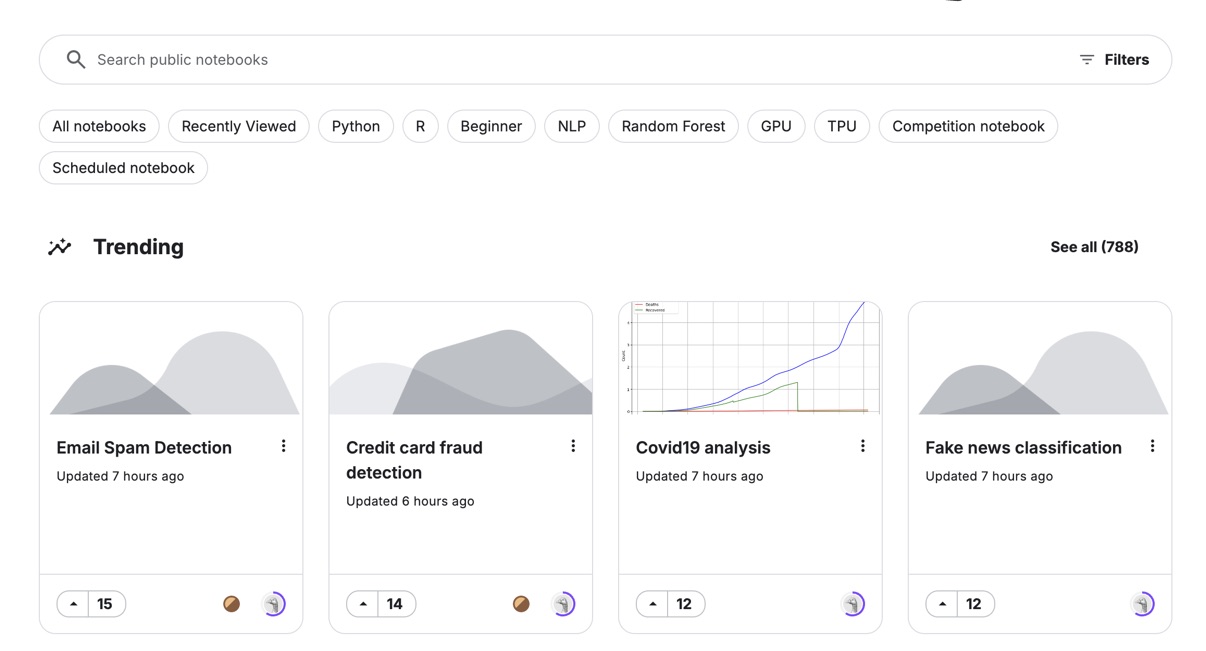
One of the best things about Kaggle is its community. You can check out kernels (code notebooks) shared by other users, which often include preprocessing steps, model-building workflows, and insightful analyses. It’s a great way to learn from others and get a head start on your own projects.
Here’s an example of one of the kernels:
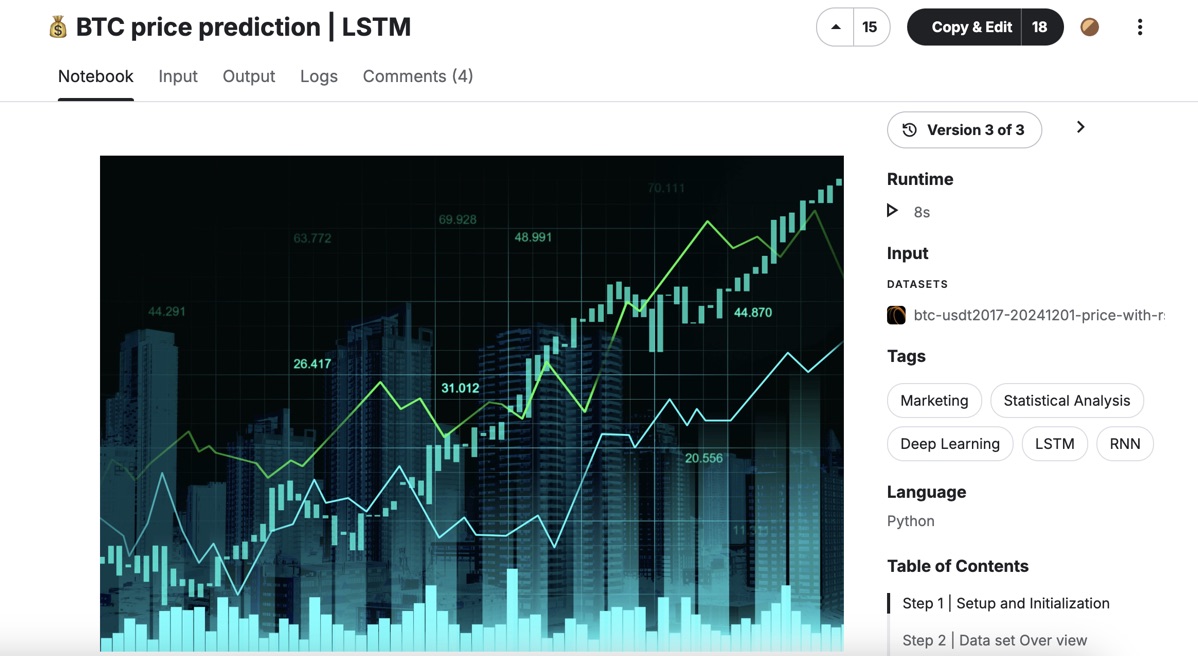
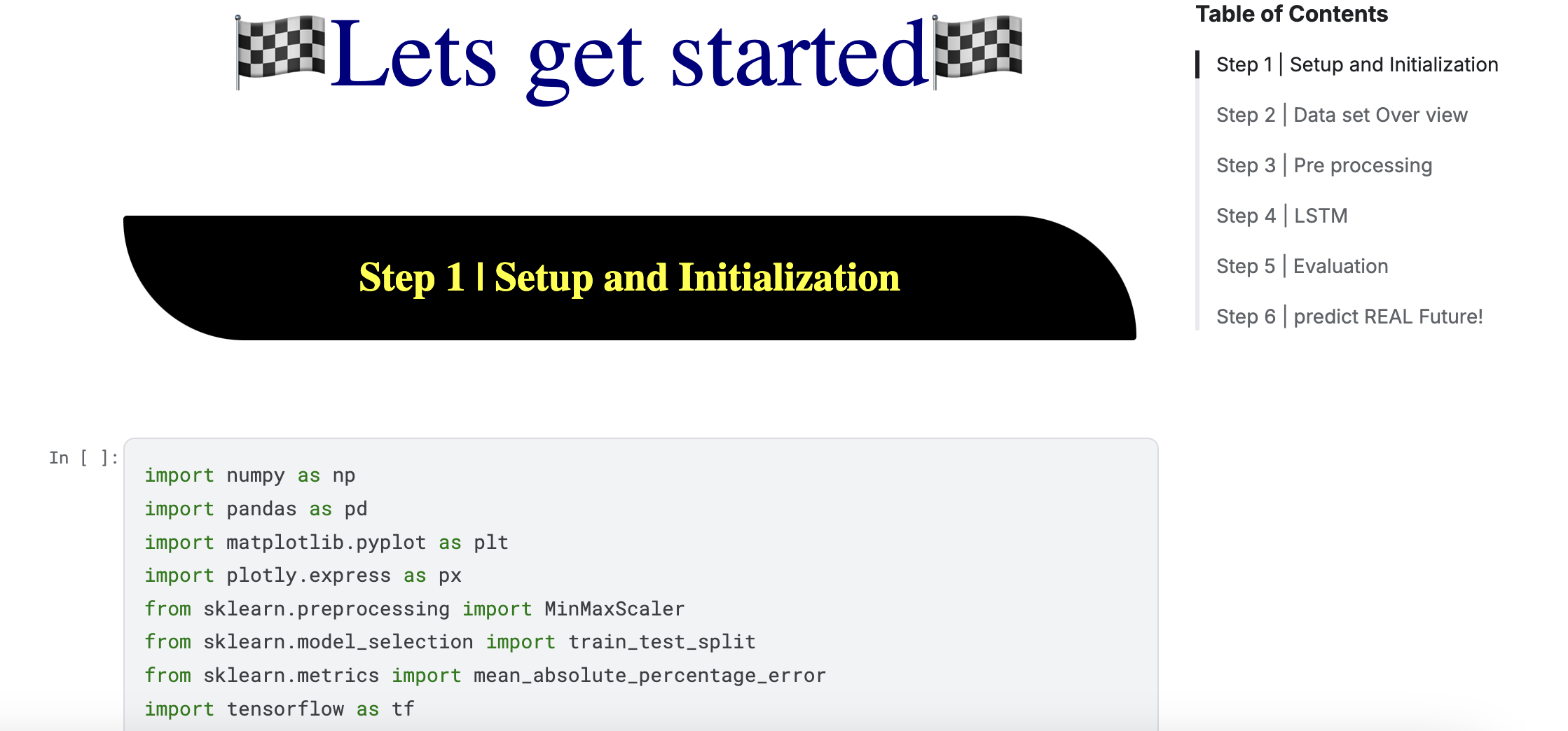
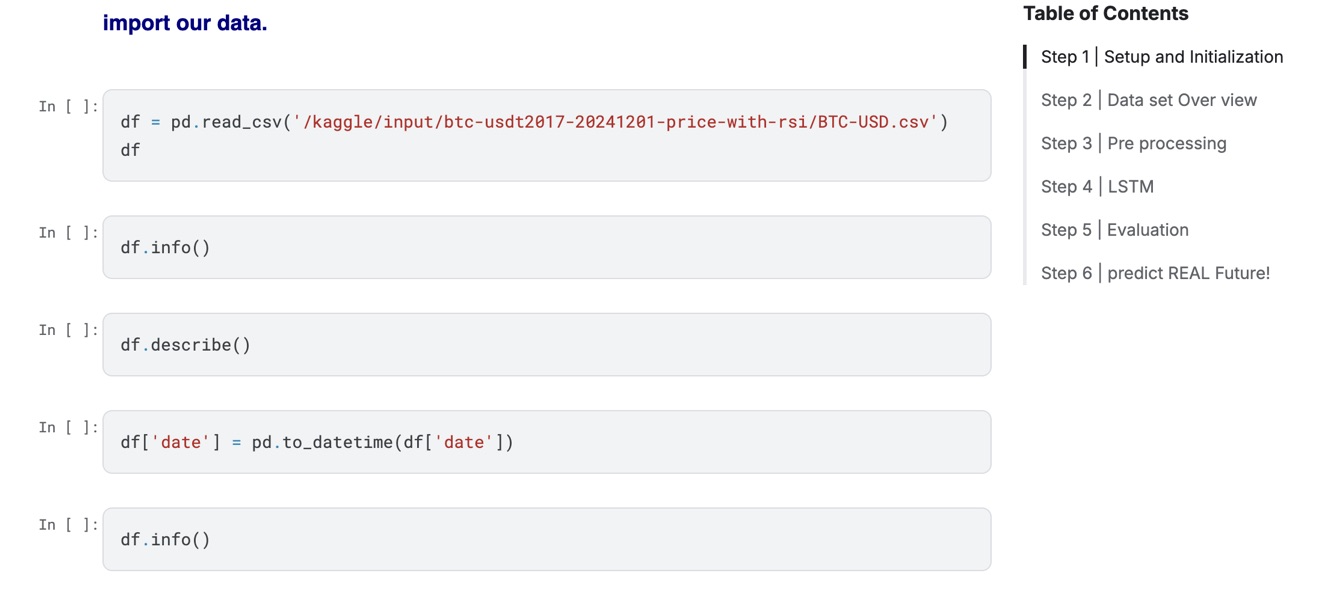
Legal Considerations
Kaggle provides a “License” tag (e.g., CC0, Creative Commons) on each dataset, so you’ll know right away if it’s free for commercial use or if there are any restrictions.
UCI Machine Learning Repository: A Treasure Trove for Educational Datasets
The UCI Repository is like the granddad of machine learning datasets. It’s been around for decades and hosts a vast collection of datasets that are widely used in academia and research.
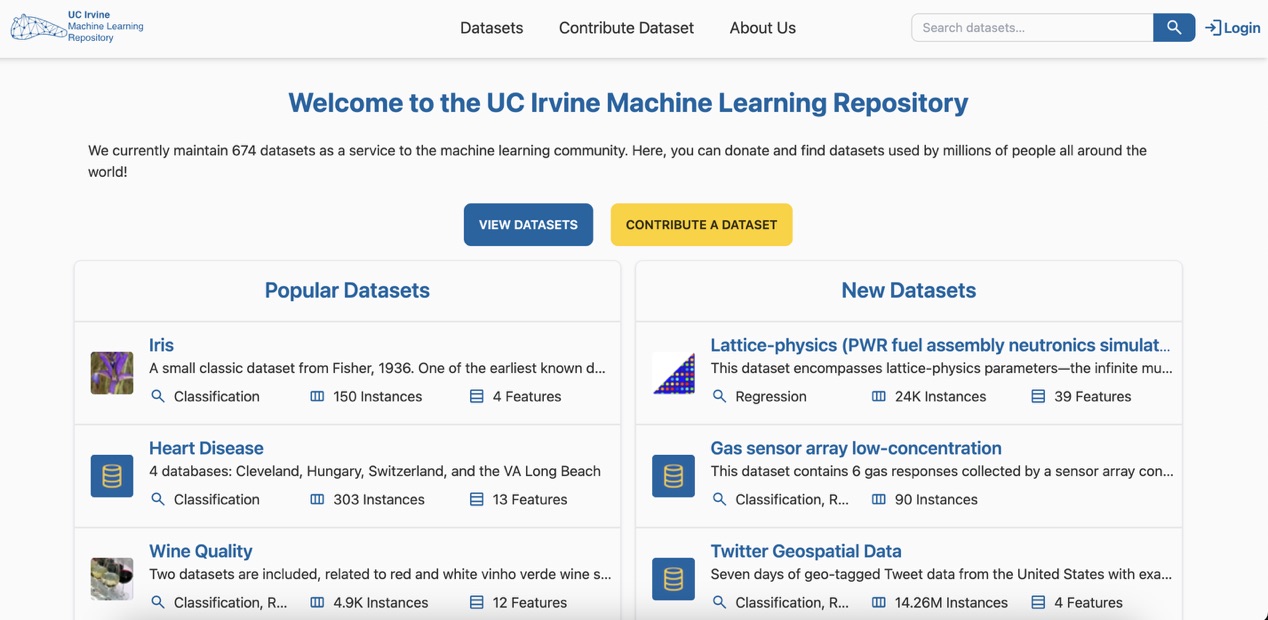
How to Navigate UCI
UCI’s datasets are neatly organized by type, like classification, regression, and clustering.
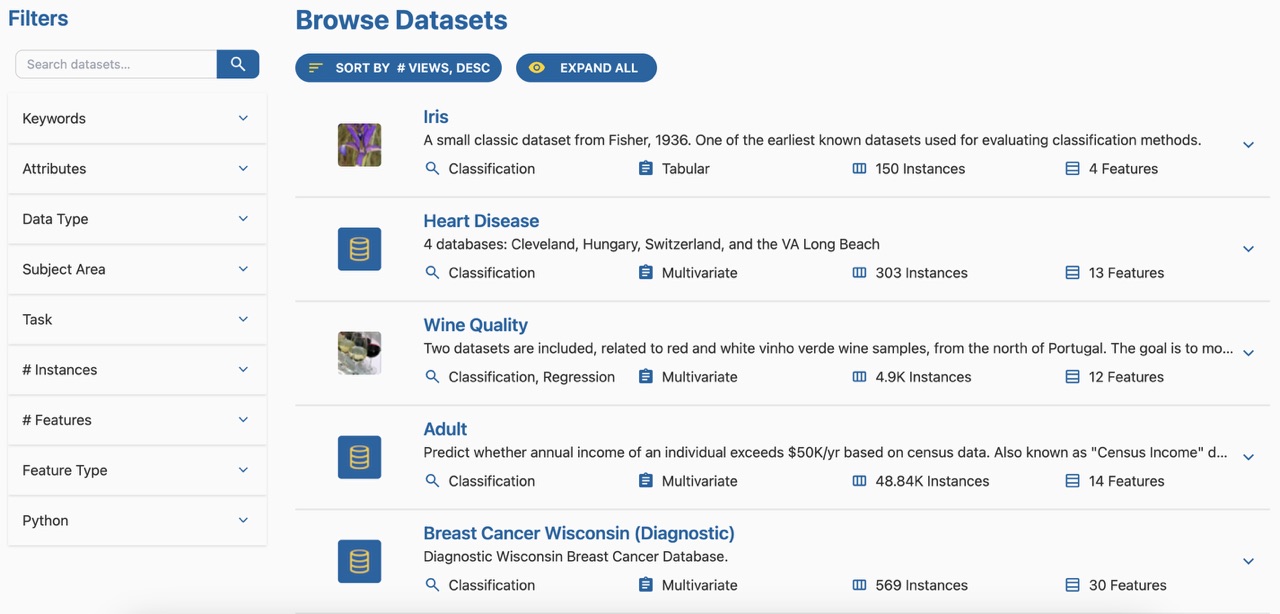
You can easily browse through these categories and choose datasets that align with your area of interest, whether you're into machine learning, data science, or just looking to explore.
Filtering Datasets
While UCI doesn’t offer the advanced filtering options like Kaggle, the datasets are still well-organized by topic and task type, making it super easy to find exactly what you need. Each dataset comes with a detailed description, including things like the number of attributes, instances, and whether the dataset is balanced or imbalanced.
Dataset Size and Scope
UCI is known for hosting smaller datasets, which makes them perfect for educational purposes.
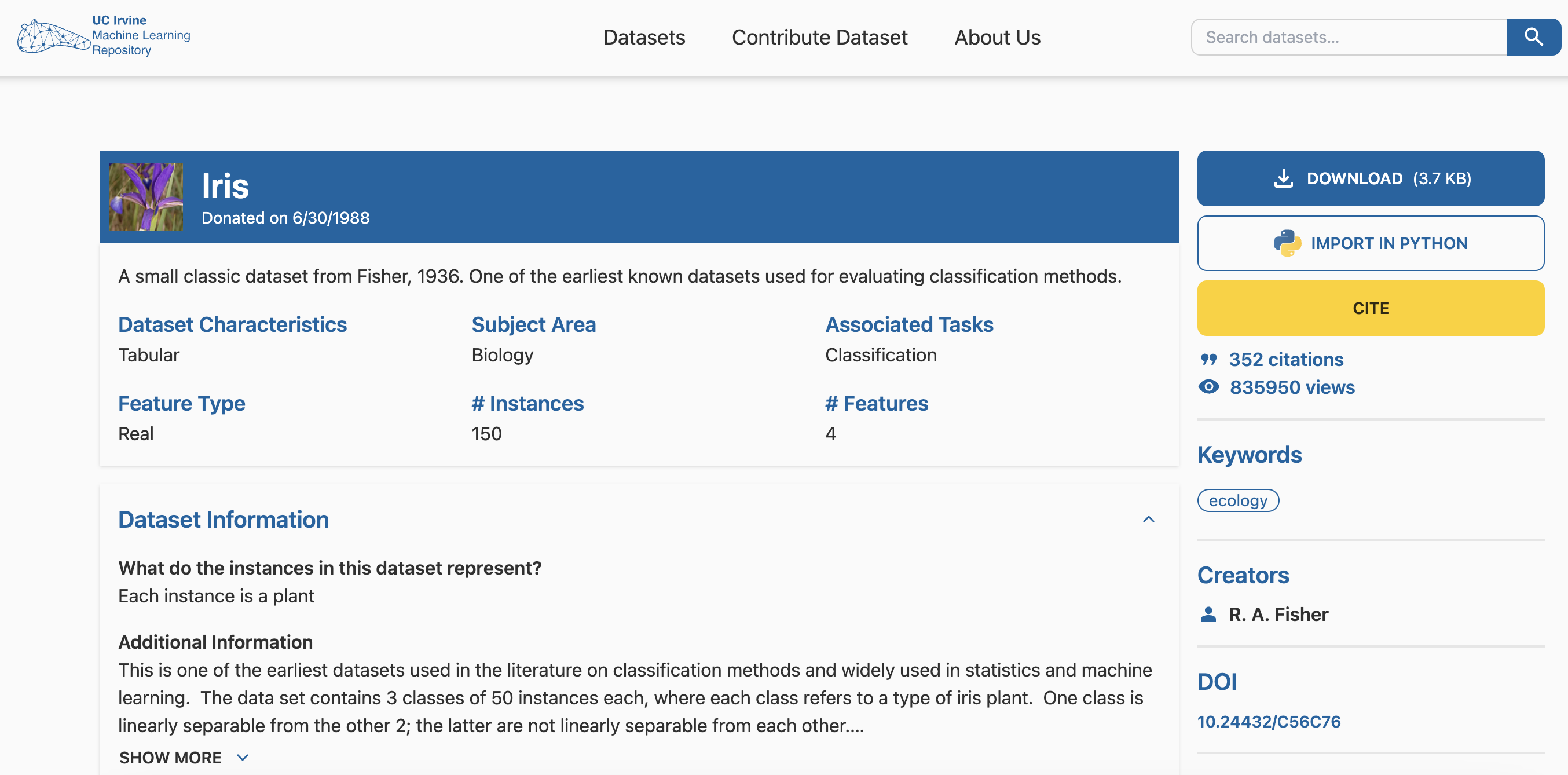
Take the famous Iris dataset, for example—it’s only 150 rows but is widely used to demonstrate basic classification algorithms. These smaller datasets are perfect for beginners who are looking to practice data exploration and modeling techniques without getting overwhelmed.
Legal Considerations
Most of UCI’s datasets are freely available for research, but it’s always a good idea to double-check the dataset’s documentation for any restrictions. Some datasets might have limitations when it comes to commercial use, so make sure you’re aware of any terms before diving in.
Google Dataset Search
Google Dataset Search is a powerful tool for finding free datasets across the web. It’s like having a personal data librarian who knows exactly where to find the data you need.
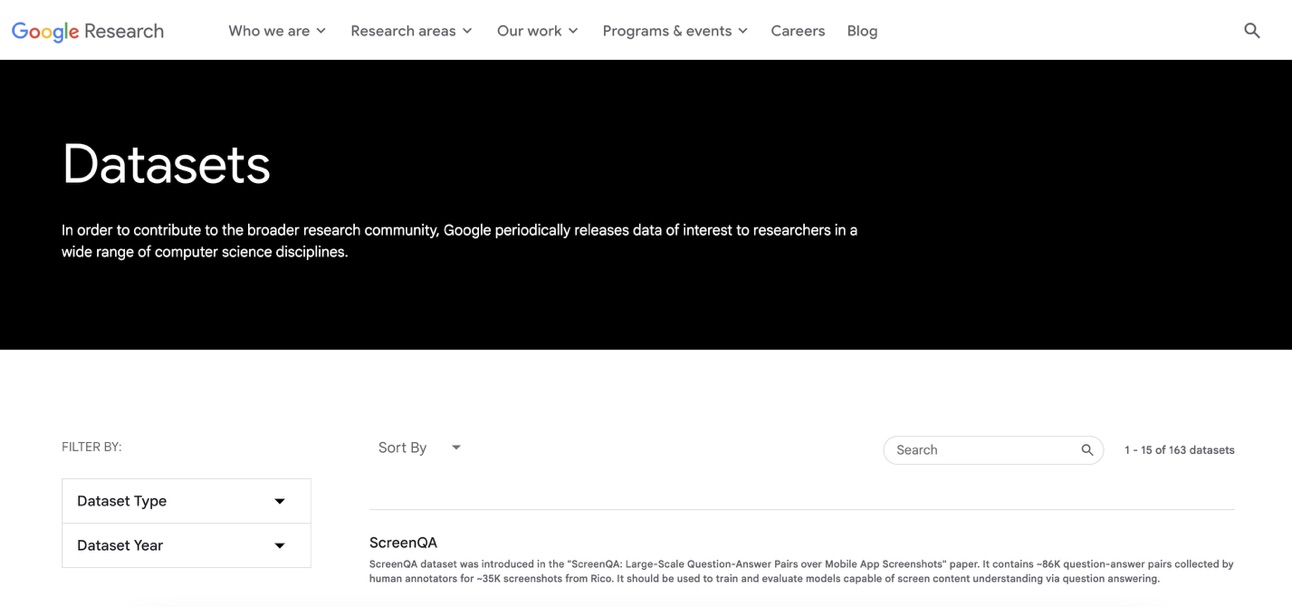
How to Navigate Google Dataset Search
Navigating Google Dataset Search is super simple! Just head over to the site, type in what you're looking for—like “climate data” or “sales data”—and voilà, you'll be greeted with a list of results. If you want to narrow things down, you can use filters like dataset format or type to find exactly what you need.
Filtering Datasets
One of the best things about Google Dataset Search is the filtering options. You can easily sort the results by format (CSV, JSON, etc.), and it even gives you the lowdown on licensing details and accessibility. This way, you can quickly figure out if a dataset is right for your project without wasting time.
Dataset Size and Scope
Google Dataset Search pulls data from all over the web, so the datasets vary a lot in size and complexity. Whether you need a tiny, simple dataset for a quick analysis or a huge, complex dataset for big data projects, you'll find both types here. It’s a one-stop-shop for any project size!
Legal Considerations
Every dataset listed in Google Dataset Search comes with clear metadata showing the license type. This is super helpful because it tells you whether the dataset can be used commercially or if there are any restrictions on access. It’s always good to double-check the legal side to make sure you're not stepping on any toes!
Open Data Platforms (Government and International Organizations)
Many governments and international organizations make their datasets available for free, contributing to transparency and public research. These datasets can cover everything from weather patterns to economic indicators.
Finding Government Datasets
The easiest way to access government data is through platforms like Data.gov (U.S.) or the EU Open Data Portal (EU).
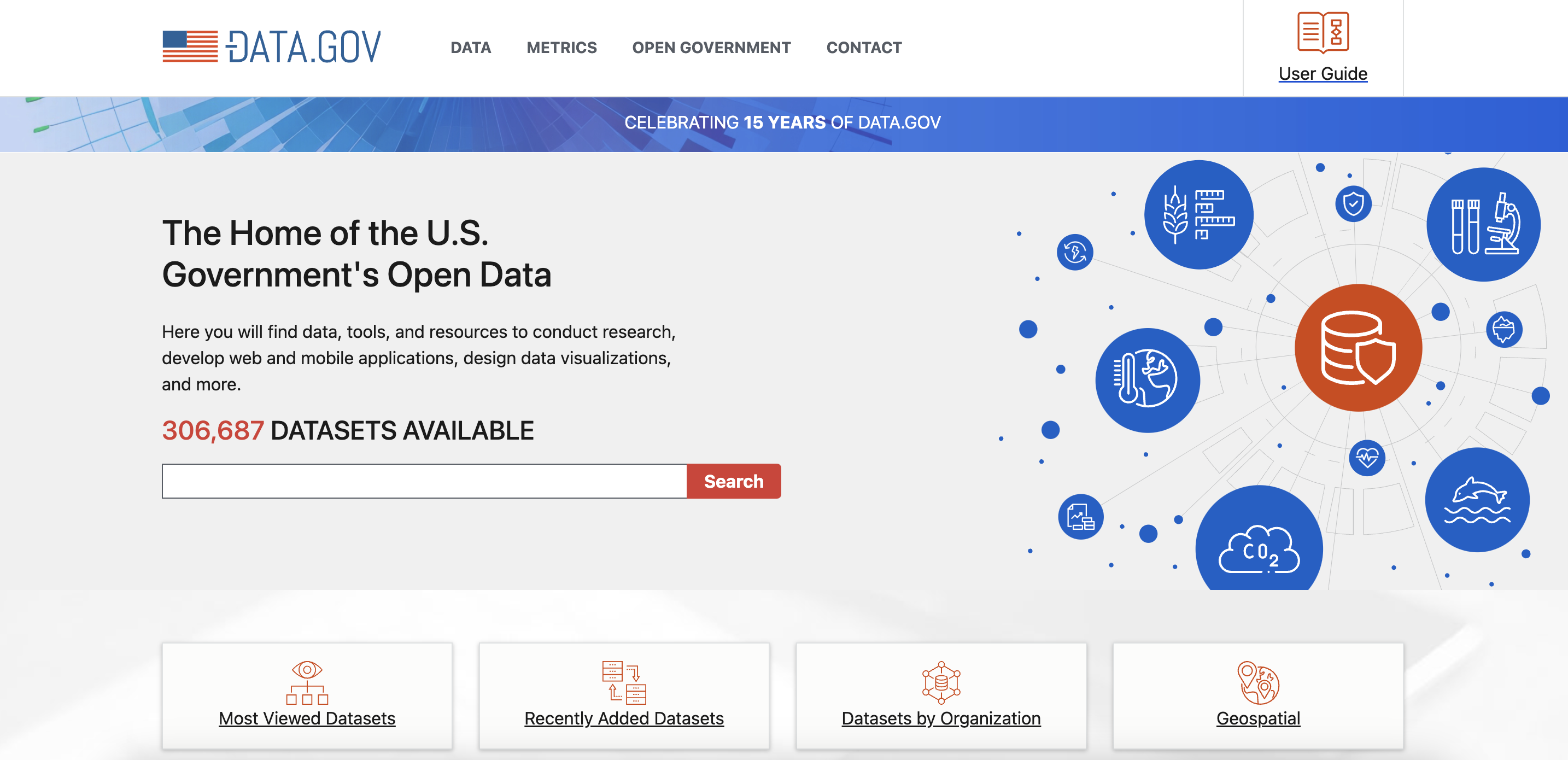
These platforms host a wide range of datasets from federal and local government agencies.
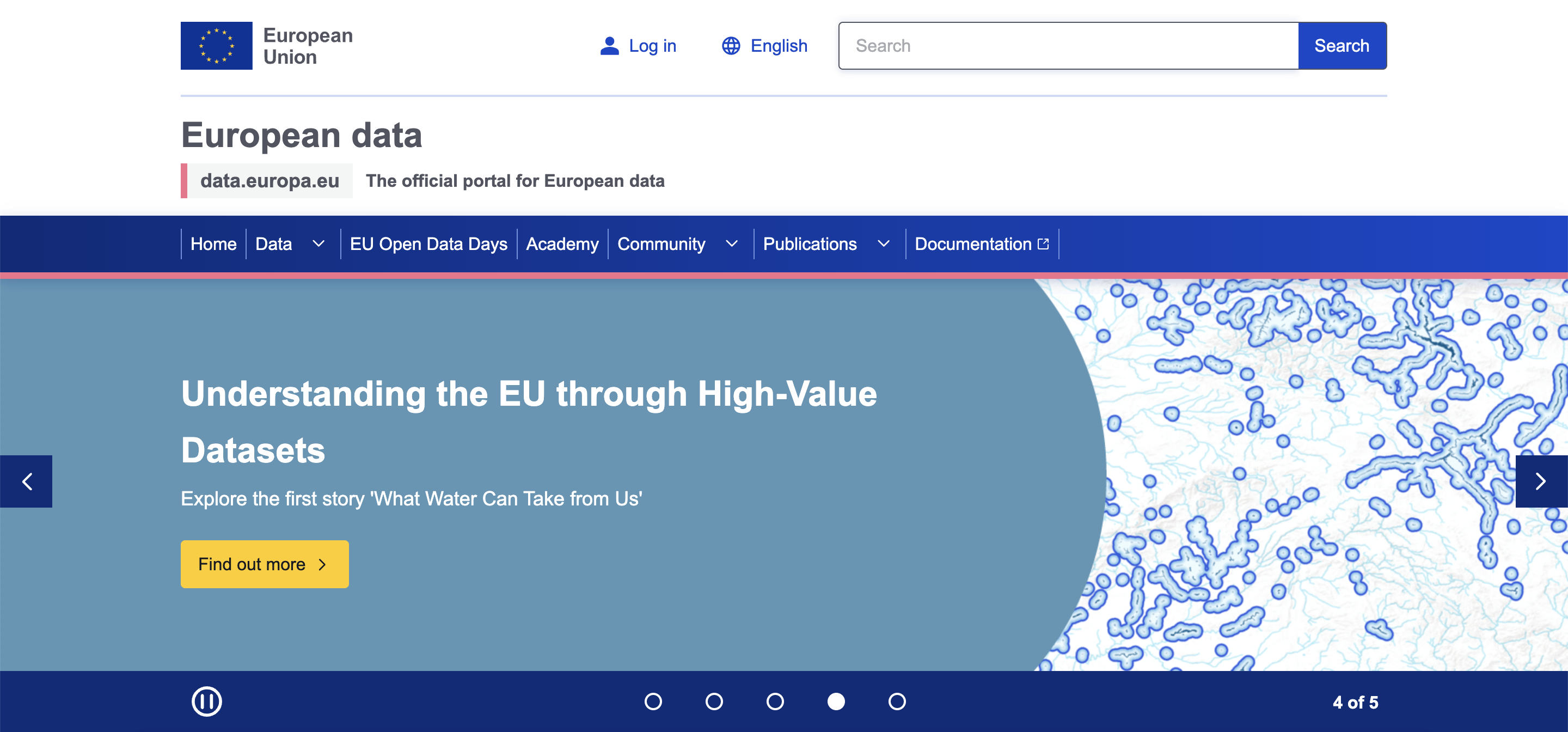
Filtering Options
Most government data portals offer basic search and filtering tools. You can refine your search by category, keyword, data format, or access type to find what best suits your needs.
Dataset Size and Scope
Government datasets vary widely in size—from small local census reports to massive national health and environmental monitoring data. These datasets are typically well-documented and highly reliable.
Legal Considerations
Most government datasets are in the public domain and free to use, but it’s always good practice to check the licensing details, especially if you plan to use them commercially.
AWS Public Datasets
Amazon Web Services (AWS) is more than just a cloud computing platform—it’s also home to a wide range of public datasets, especially those related to genomics, astronomy, and environmental science.
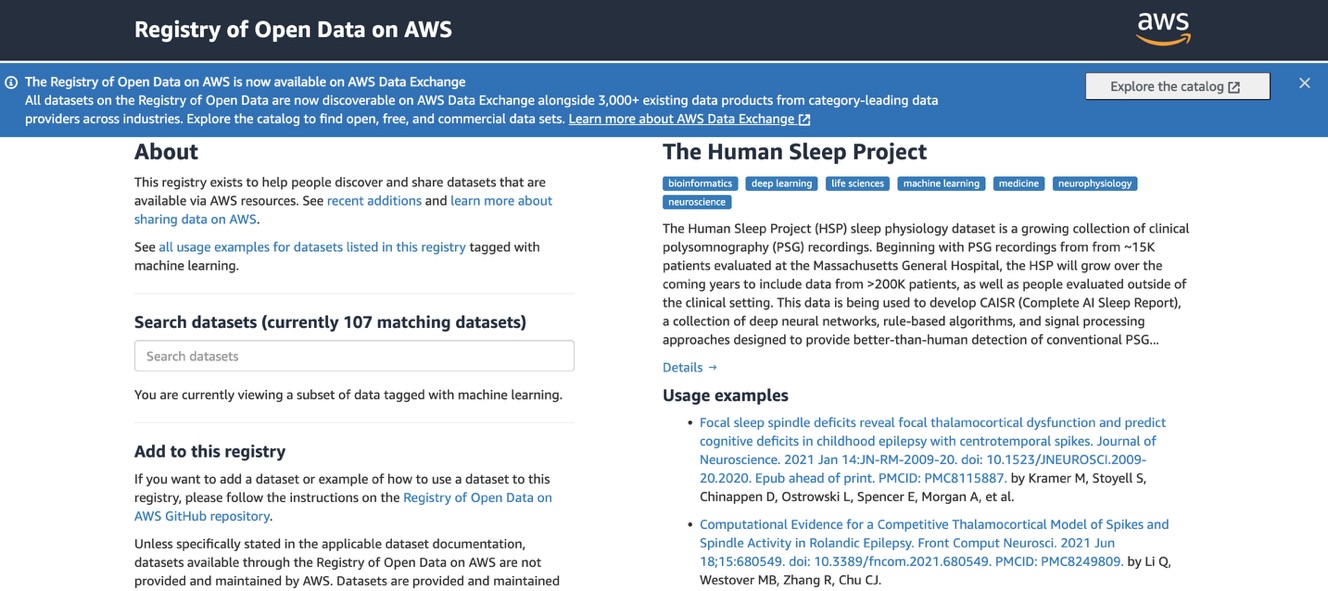
Exploring AWS Public Datasets
To access AWS datasets, you’ll need an AWS account. Once logged in, you can browse datasets through the AWS Data Exchange or the Registry of Open Data on AWS, where they’re categorized by topics like Machine Learning, Healthcare, and Geospatial Data.
Filtering Options
AWS offers a search feature that lets you filter datasets by category, region, and type. While not as detailed as Kaggle’s filtering, AWS provides access to highly specialized datasets that can be hard to find elsewhere.
Dataset Size and Scope
AWS datasets are often large-scale, covering areas like genomics, satellite imagery, and financial markets. These are ideal for advanced projects, so if you're a beginner, you might want to start with smaller datasets before diving into AWS's more complex ones.
Legal Considerations
Before using an AWS dataset, always check its licensing terms. AWS provides detailed information about usage rights and restrictions to ensure compliance with your intended use.
Specialized Dataset Repositories
For projects that require very specific data, these repositories offer datasets tailored to particular domains:
ImageNet
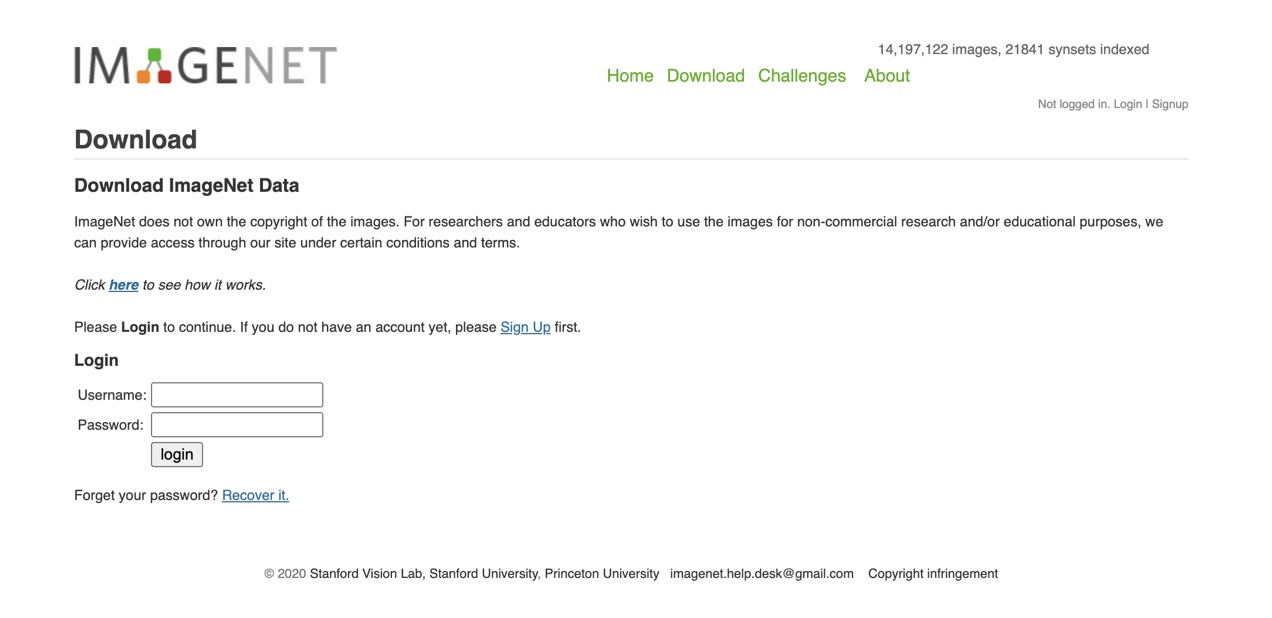
If you're diving into computer vision, ImageNet is your best friend. It’s a massive visual database used for object recognition research, containing millions of images organized in a neat hierarchy. It’s been a game-changer for machine learning and is widely used to train and test image recognition algorithms.
Common Crawl
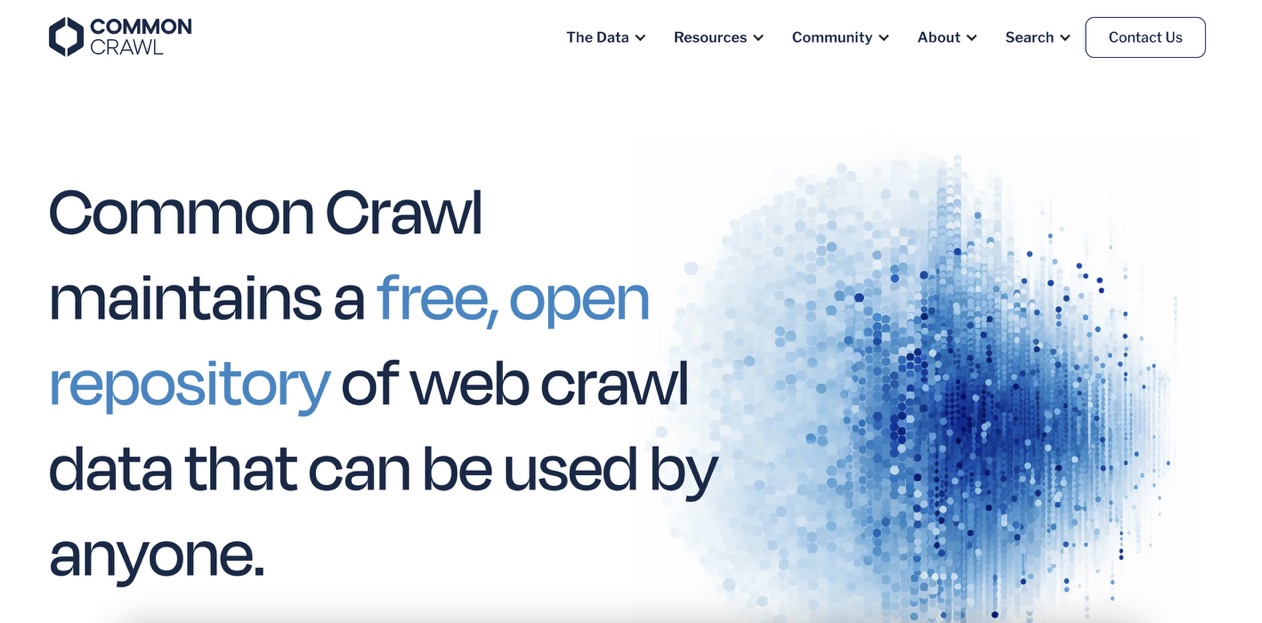
Ever wondered where all that web data comes from? Well, Common Crawl has been crawling the web since 2008 and making its petabytes of data available for free!
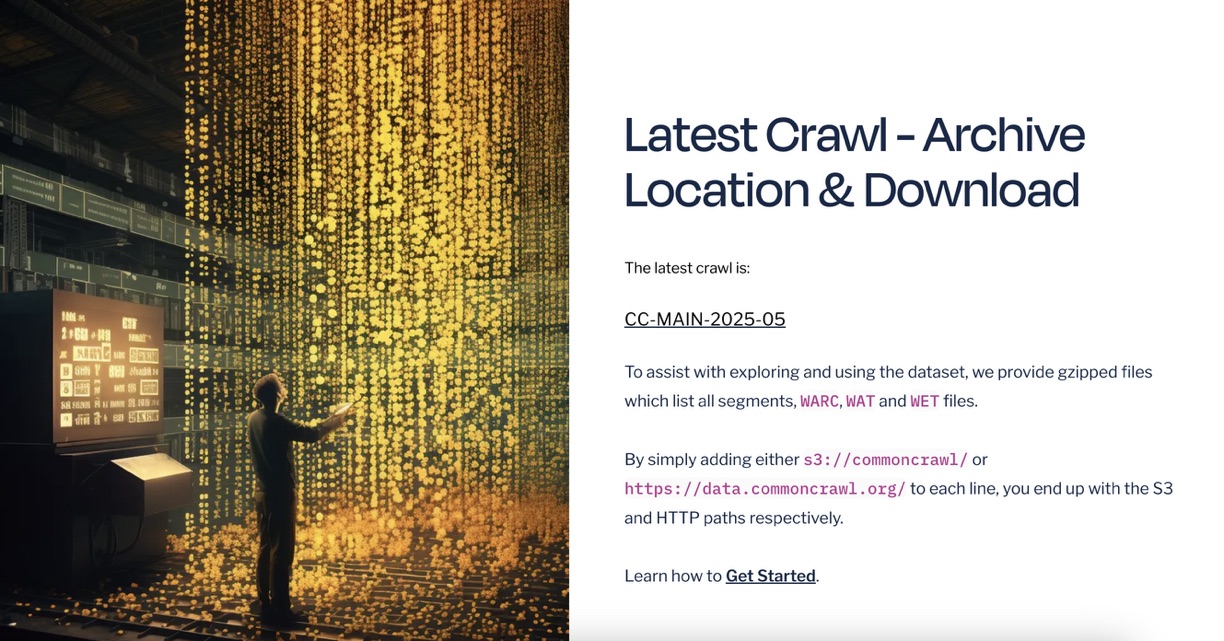
It’s packed with everything from raw web page data to metadata and text, making it perfect for natural language processing and web mining projects.
Harvard's Open-Access Text Dataset
In a cool collaboration between Harvard, Microsoft, and OpenAI, nearly one million public-domain books have been made available. Spanning all kinds of genres, decades, and languages, this dataset is a goldmine for anyone working with language models or looking to train AI tools. You’ll find works from Shakespeare, Charles Dickens, and other classic authors.
Community-Driven Dataset Collections
Want to tap into some fresh and diverse datasets? These community-driven platforms are where you can discover hidden gems:
DataHub.io
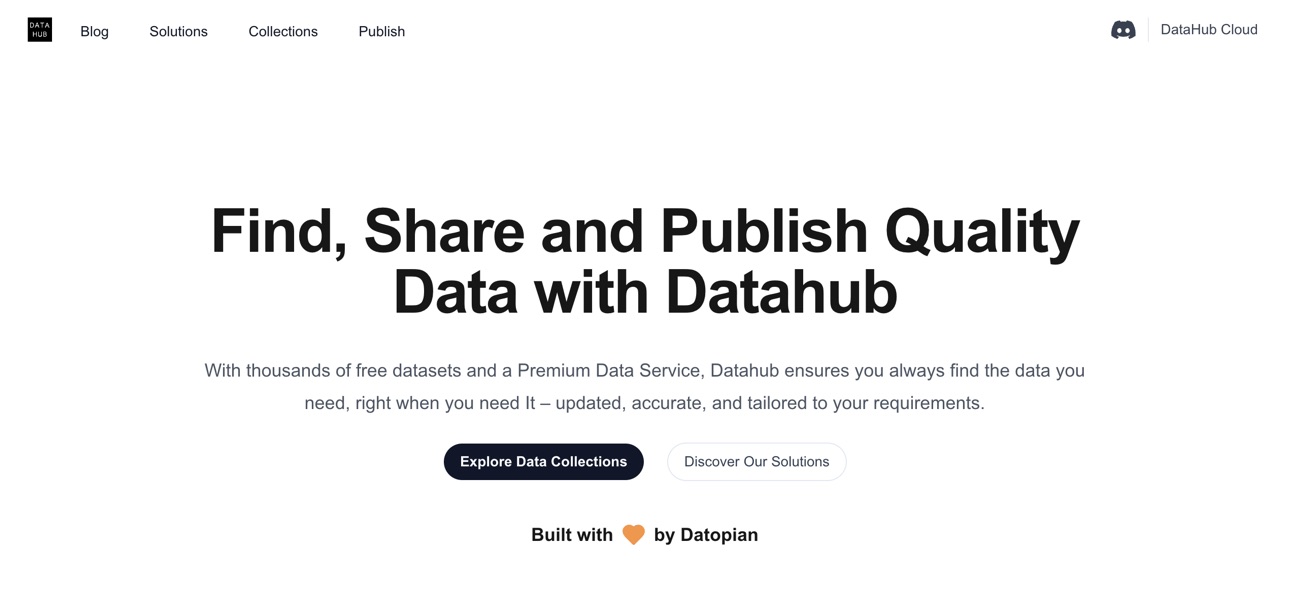
DataHub.io is a platform where people like you can share and find datasets across a ton of topics like economics, biology, and social sciences.
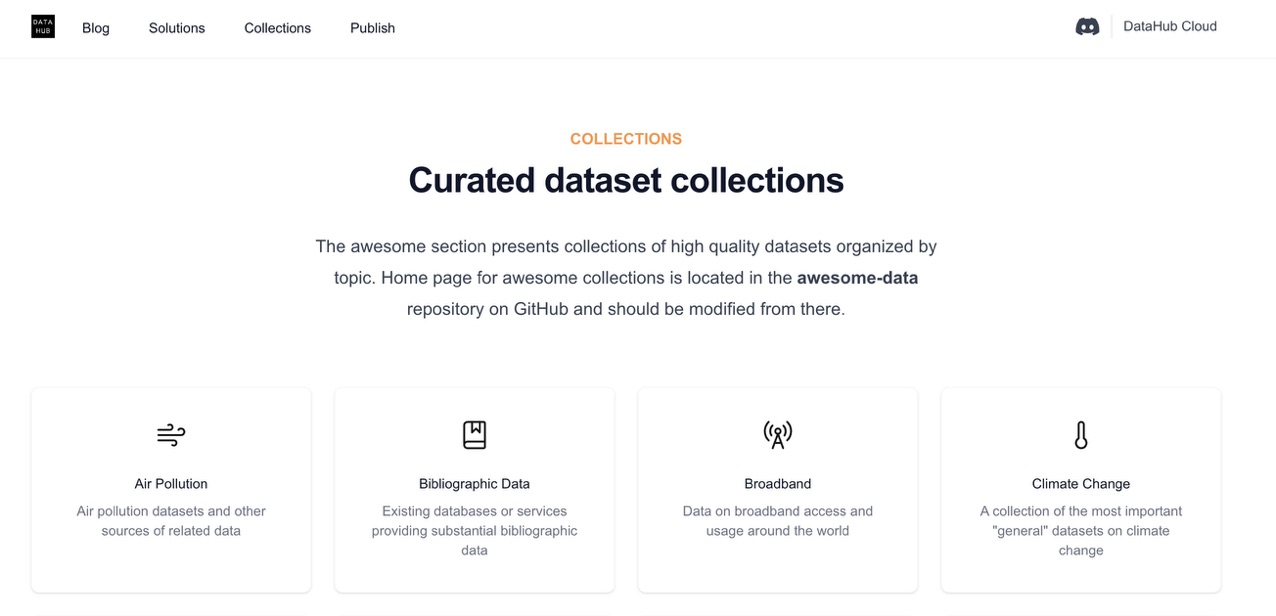
The best part? It’s not just about data—it also provides tools for analysis and visualization, so you can dig deeper and play around with the datasets directly on the platform.
Awesome Public Datasets on GitHub
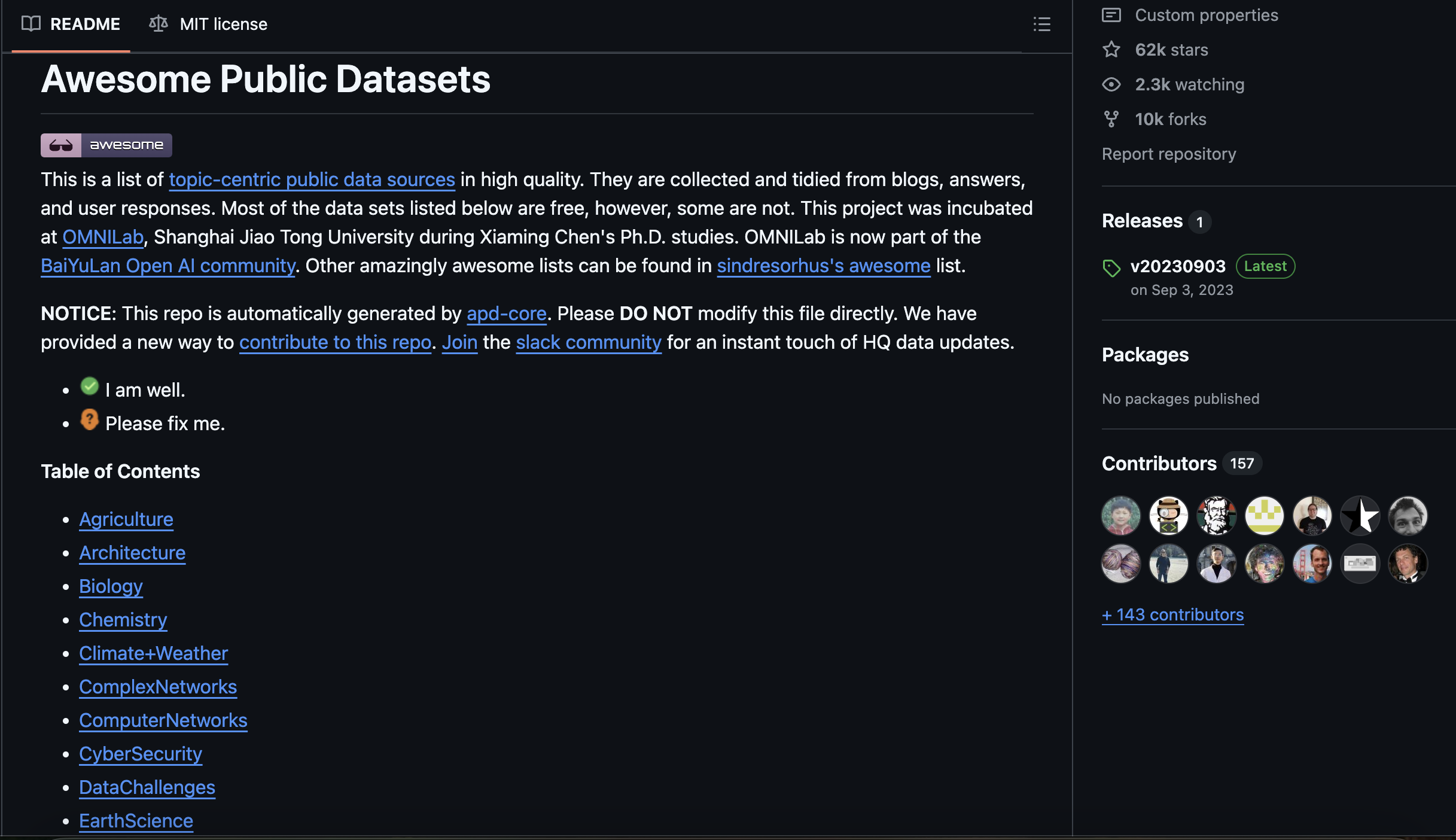
GitHub’s "Awesome Public Datasets" is a curated list of datasets that the community keeps updated. You’ll find everything from agriculture to finance, and it’s especially helpful if you're looking for datasets that might not be found on bigger platforms.
How to Choose the Right Dataset for Your ML Project
So, you’ve found a dataset. Now, how do you know if it’s the right one for your project? Here’s a quick checklist to guide your decision:
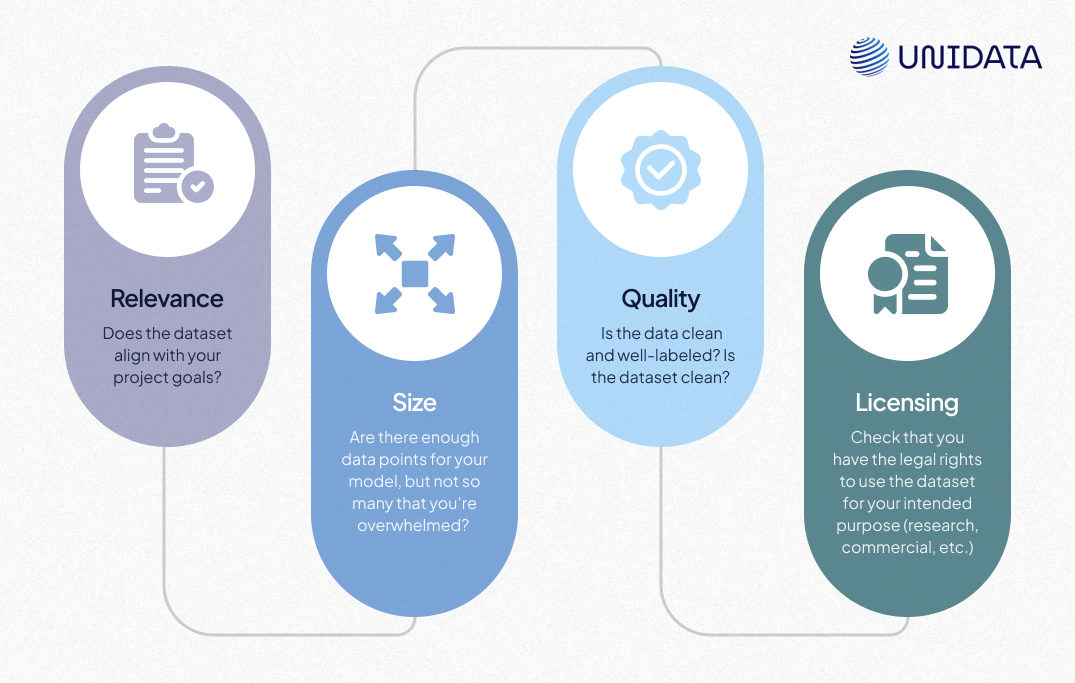
Advanced Tips for Maximizing the Potential of Free Datasets
Below are some practices that will help you to get the best results out of the data:
Always check the dataset's metadata before downloading, as poorly documented datasets can cause a lot of confusion and lead to inaccurate results.
It’s common to encounter missing values in datasets. If you're working with a dataset from Kaggle (or anywhere), always start by checking for null values. Missing data can skew your model's accuracy.
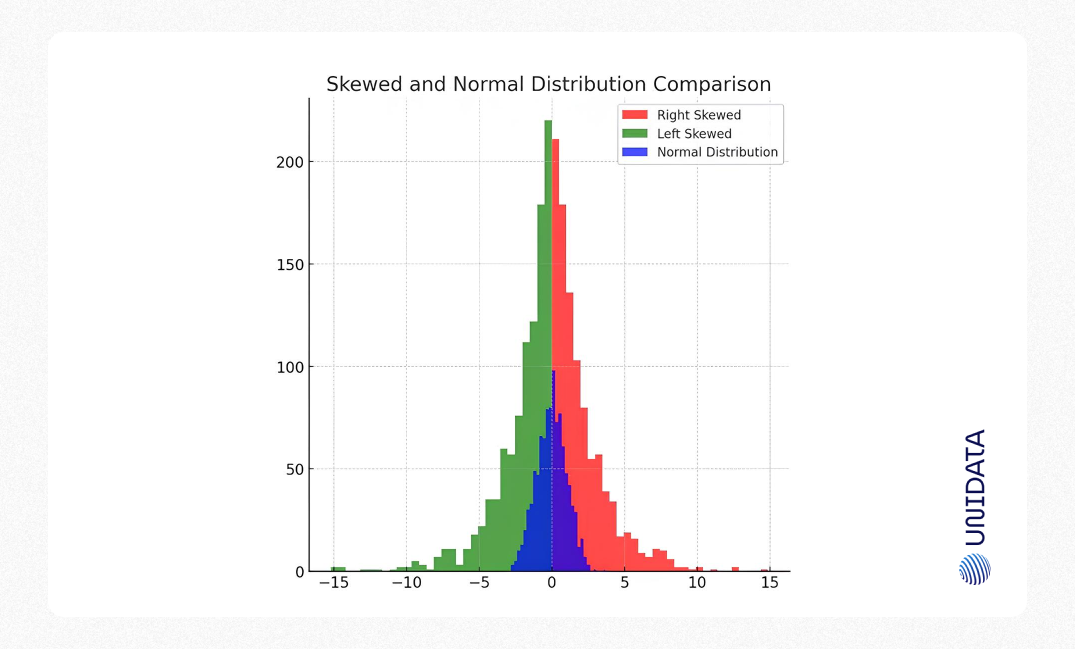
For example, you can use Pandas in Python to identify missing values:
import pandas as pd
data = pd.read_csv("titanic.csv")
print(data.isnull().sum())
If you find too many null values, the dataset might be incomplete or unsuitable for your project.
Sometimes, datasets may be too small or not diverse enough for certain types of models. If the dataset you're using doesn’t have enough variety, it’s best to augment the data with external sources or use data augmentation techniques (especially for image datasets). This can help improve model generalization.
If you're working with image data, ensure your images are labeled properly and consistently. Incomplete or incorrectly labeled images can lead to poor model performance. Use data cleaning techniques to verify labels before training.
Wrapping Up
Finding high-quality, free datasets doesn’t have to be a needle-in-a-haystack situation. With the right tools and platforms, you can get your hands on data that’s not only relevant to your ML project but also robust and ready to fuel your model. Whether you’re looking for images, text, time-series, or even geospatial data, there’s no shortage of sources to tap into.
By understanding the size and scope of datasets, filtering by relevant criteria, and considering legal aspects, you can ensure you’re choosing the right data for your project. Always remember to start small, especially as a beginner, and work your way up to more complex datasets as your skills grow.
